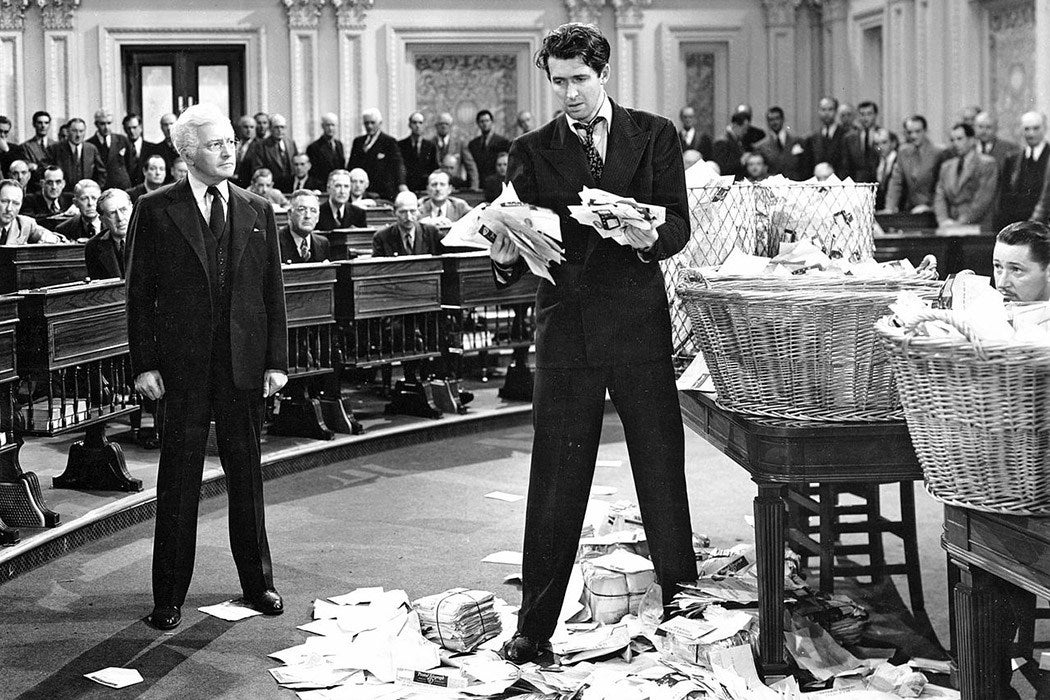Understanding Political Realism: Power, Statecraft, and the Realist Worldview
Introduction to Political Realism
Political realism is a foundational theory in political science and international relations, focusing on the pursuit of power, the centrality of the state, and the pragmatic management of conflict and cooperation. Realists argue that, whether in domestic or international politics, power and self-interest guide the actions of political actors. Understanding this approach provides clarity on why states act as they do, especially in matters of war, diplomacy, and security [1] .
Core Principles of Political Realism
At its heart, political realism is grounded in several core assumptions that distinguish it from other schools of thought:
1. The Primacy of Power Realists maintain that power is the principal goal in politics. For individual politicians and nation-states alike, maximizing power-often defined as the ability to influence others or resist influence-is central to their actions. Power is not merely a resource, but a key analytic concept shaping all political decisions [1] [2] .
2. State-Centrism and Statism
In the realist perspective, the
state
is the main actor in international affairs. States are seen as rational, unitary actors pursuing their own national interests. While non-state actors exist, their influence is typically limited compared to states
[3]
[4]
.
3. Anarchy and the Self-Help System
The international system is characterized by
anarchy
-meaning there is no overarching authority above states. Each state must rely on itself to ensure its survival, often leading to a self-help mentality where alliances and actions are driven by strategic calculation rather than trust
[2]
.
4. National Interest and Survival For realists, the survival of the state is paramount. National interests are defined in terms of security and power. This often results in policies focused on defense, deterrence, and balancing against potential threats [3] .
Key Realist Thinkers and Historical Foundations
Political realism has deep intellectual roots, with major contributions from thinkers like Thucydides , Niccolò Machiavelli , Thomas Hobbes , and in the modern era, Hans Morgenthau . Morgenthau, in particular, emphasized that politics is governed by objective laws rooted in human nature and that leaders should “think and act in terms of interest defined as power” [5] .
Major global events, such as the Cold War, were heavily influenced by realist strategies. For example, the U.S. policy of containment, advocated by George Kennan, was shaped by realist calculations about Soviet power and the balance of power in Europe [2] .
Realism in Practice: Examples and Applications
Political realism is not merely a theoretical lens-it offers practical guidance for policymakers:
- Balance of Power: States may form alliances to prevent any one power from dominating the system. NATO and the Warsaw Pact are classic historical examples.
- Security Dilemmas: When one state increases its security, others may feel threatened and do the same, potentially leading to arms races. This dynamic was evident during the U.S.-Soviet nuclear arms race.
- Foreign Policy Decisions: Realist logic explains why states sometimes support authoritarian regimes or engage in wars not out of ideology, but to maintain strategic advantage and stability.
To see real-world applications, study the foreign policies of major powers. For instance, the U.S. and China often act in ways that maximize their relative power and security, even when their rhetoric emphasizes cooperation or shared values.
Step-by-Step Guidance: Applying Realist Principles
If you are a student, analyst, or policymaker looking to apply realist principles, consider the following steps:
- Identify the Actors: Focus on states as the primary players. Assess their capabilities and strategic interests.
- Analyze Power Dynamics: Examine how distribution of military, economic, and diplomatic power shapes relationships.
- Assess the Security Environment: Consider the presence of anarchy and the absence of a higher authority. Evaluate potential threats and opportunities.
- Define National Interests: Determine how security, survival, and power shape each state’s core objectives. Avoid assuming that states are motivated primarily by ideology or morality.
- Predict State Behavior: Use the above factors to anticipate likely actions, such as alliance formation, deterrence, or balancing strategies.
For researchers and students, academic resources such as the
Internet Encyclopedia of Philosophy
and university syllabi on international relations provide in-depth readings. You can search for “international relations realism syllabus” at major academic institutions for recommended literature.
Alternative Approaches and Criticisms
While realism offers a powerful explanatory model, it is not without critics. Alternative theories like
liberalism
and
constructivism
argue that factors such as international institutions, economic interdependence, and ideas also play significant roles in global politics. Critics contend that realism can be overly pessimistic, neglecting the influence of cooperation, law, and morality
[4]
.
However, many scholars and practitioners find that realism provides a solid baseline for understanding international affairs, particularly in times of crisis or conflict.

Source: slideserve.com
Accessing Realist Thought and Resources
To deepen your understanding or access additional materials on political realism, you can:
-
Visit the
Internet Encyclopedia of Philosophy
for comprehensive articles on the subject [1] . - Consult established academic databases or university libraries for classic texts by Thucydides, Machiavelli, Hobbes, or Morgenthau.
- Join academic seminars or webinars-many leading universities host public lectures on international relations theory.
- Search for online courses or video lectures on platforms such as Coursera or edX by using terms like “international relations realism.” Always confirm the legitimacy of the provider before enrolling.
If you wish to engage with practitioners or experts, consider attending conferences held by professional associations such as the International Studies Association. Details about upcoming events are typically available on the official websites of these organizations.
Challenges and Practical Considerations
Applying realism in real-world policymaking presents challenges. Leaders must weigh the costs of pursuing power against potential risks, such as escalation or unintended conflict. Sometimes, strict adherence to realist logic can overlook opportunities for compromise or peacebuilding. Realists themselves debate how much weight to give moral considerations or whether certain global issues-like climate change-require new frameworks beyond traditional power politics.

Source: slideserve.com
To address these challenges, policymakers often blend realist insights with other perspectives, creating pragmatic strategies tailored to specific situations. For students and analysts, understanding both the strengths and limitations of realism is vital for nuanced analysis.
Summary and Next Steps
Political realism remains a vital and influential approach to understanding politics and international relations. By focusing on power, state interests, and the realities of an anarchic system, it offers clear frameworks for analysis and action. Whether you are a student, policymaker, or interested observer, exploring realist thought can sharpen your understanding of world affairs and support more effective engagement with global challenges.
If you seek more resources, start with reputable philosophy and political science encyclopedias, university libraries, and academic associations. For questions about accessing specific materials or programs, consider contacting the relevant academic department or professional association directly for guidance.
References
- [1] Internet Encyclopedia of Philosophy (2024). Political Realism: Theory and Practice.
- [2] Study.com (n.d.). Political Realism: Theory, Definition & Principles.
- [3] Notre Dame International Security Center (2022). An Introduction to Realism in International Relations.
- [4] Encyclopaedia Britannica (2017). Realism: Political and Social Science.
- [5] Stanford Encyclopedia of Philosophy (2010). Political Realism in International Relations.


